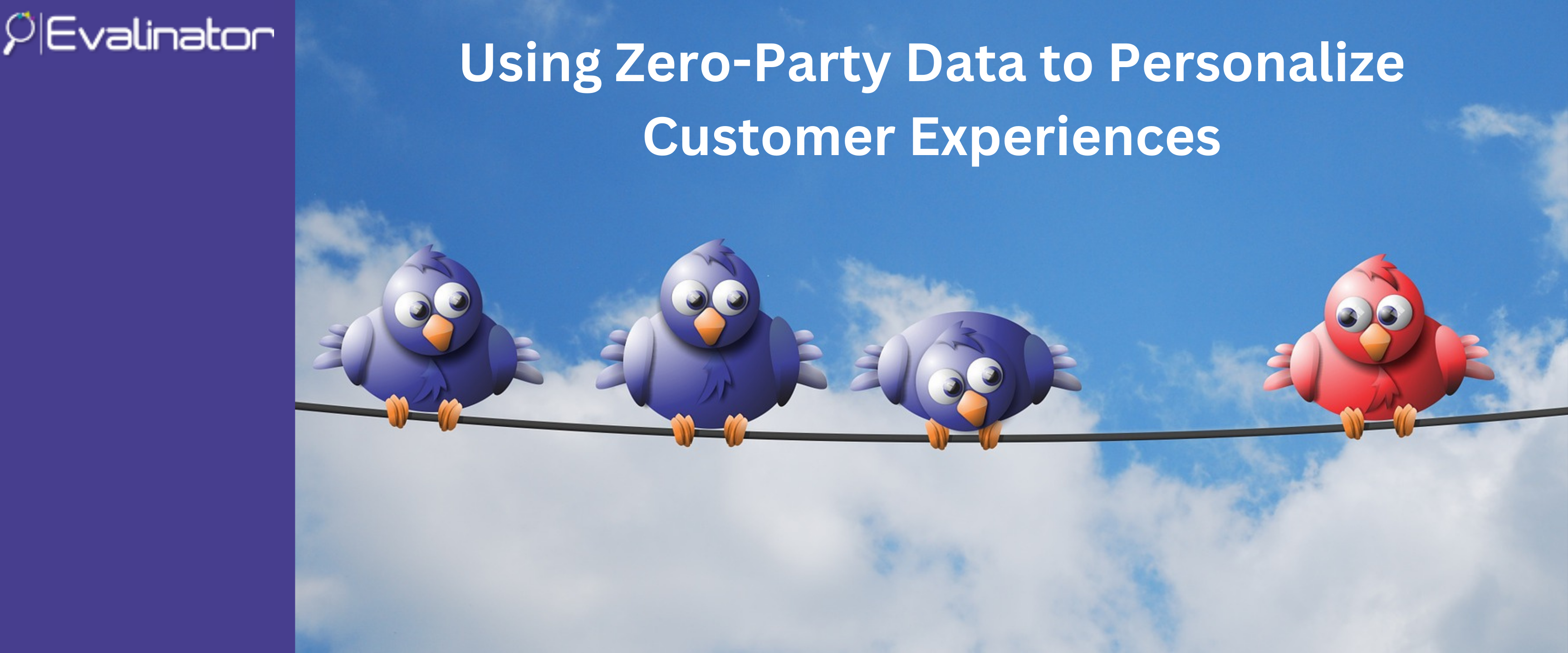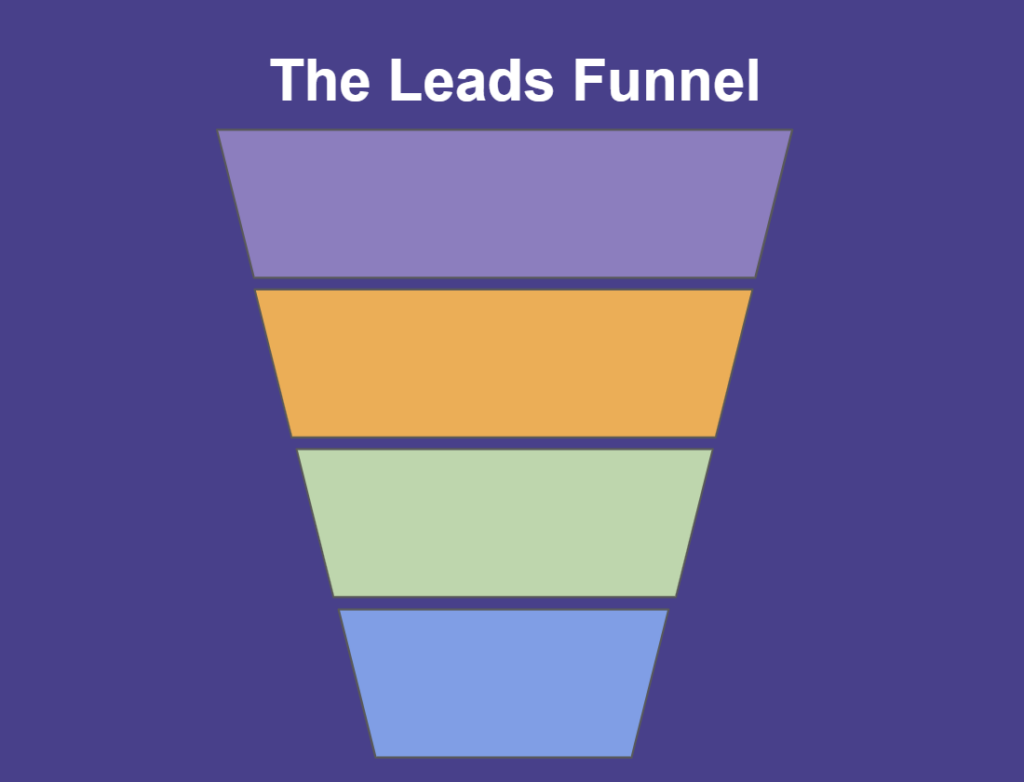


In this blog we’ll outline what zero-party data is along with the other types of data we typically capture. Then we will outline a few practical strategies to maximize the quality of your customer experiences using zero party data.
The premise is that the best customer experiences are those that enable your customers to meet their goals efficiently and without you getting in the way. The prerequisites are:
Here’s an example most of you will identify with. About 10 years ago, credit card transactions getting declined while traveling to another city or country were a commonplace occurrence. It caused blocked cards, unhappy customers, worried merchants, and a very busy customer service department. Then, based on your transactions, credit card companies started to automatically predict and flag your travel dates in their systems. No more blocked transactions and frantic calls by customers from a theme park. That’s great example of how data provided by the customer was used to improve user experience. It was a win-win on both sides.
So what kind of data was this?
Let’s delve through the 4 layers of data that we often come across. We’ll start with first party data.
 This is the data that is captured when customers interact with you. This includes how people browse your websites, how they respond to your emails, what they buy from you, and so on.
This is the data that is captured when customers interact with you. This includes how people browse your websites, how they respond to your emails, what they buy from you, and so on.
Your travel ticket purchase using your credit card was first party data to the credit card company. They used it to improve your customer experience.
First party data is thus the data that is generated directly when customers interact with a company. This kind of data is very important for personalization and customer satisfaction. It can be used to create customer segments (e.g. everyone who buys this also buys that), but also for 1-1 personalization (e.g. when someone buys this product, offer them this). And first party data (cookies) is also how companies are able to avoid having to ask you to log in every-time you visit their website.
Second party data is a term that is not in common use but is still helpful to understand. Essentially, it is someone else’s first party data that is shared with you based on customer consent to make the overall process better.
For example, a bank and a hotel chain may be business partners on a co-branded credit credit. When customers get this co-branded card, they are agreeing that the bank and the hotel chain may share some customers data to make the experience better. Taken individually, the bank and the hotel chain may have an incomplete picture of you. But together they can really personalize your experience.
Enriching your sales data is another example. For example, you may have captured first names and email addresses through the lead magnet on your website. Some companies (e.g. LinkedIn) may be able to run your list through their data and “enrich” it with company names, titles, and colleges attended. So, a partnership based on each others first party data is often beneficial if it is done with the right customer privacy disclosures.
Third party data is collected typically by a third party when a customer interacts with you. It is then used for various marketing and targeting purposes. Various companies may also sell or share their first and zero party data with these 3rd parties. This kind of data has received a bad rep because it has often been used to track a customer’s behavior and customers are not exactly sure how their data is being used.
![]() The most striking example of this is remarketing using cookies – when you visit a site, a 3rd party cookie is tracked and then you are shown an ad on another website. This can sometimes be creepy. For example, if you are searching for umbrellas, you’ll start seeing ads for umbrellas all over the internet.
The most striking example of this is remarketing using cookies – when you visit a site, a 3rd party cookie is tracked and then you are shown an ad on another website. This can sometimes be creepy. For example, if you are searching for umbrellas, you’ll start seeing ads for umbrellas all over the internet.
Not all 3rd party data is evil. For example, research companies often aggregate and anonymize your personal data to draw conclusions about the behavior of a cohort or demographic. A prominent example of this is retail data by NielsenIQ that provides aggregated trends to retailers by conducting customer interviews, surveys, and observations.
With that background out of the way, let’s discuss zero party data. This kind of data is the talk of the town these days but the concept has been in use for quite a while.
Zero party data is the information that customers willingly and consciously share with you. In this case, you do not have to infer or deduce the outcome. Going back to the scenario when your credit card company marked you for travel based on your transaction – they didn’t really know that you yourself were travelling. They also didn’t know where you were traveling to. So they are predicting and making intelligent assumptions about your travel plans. On the other hand, if they had specifically sent you a text and asked you this question, your response to that question would be considered zero party data.
We have seen examples of capturing zero party data with products such as Groupon or Living Social where you can submit a wish-list of things and experiences you want to have. Citi Rewind was another such product where you could tell Citi what you bought and they would scan for a price reduction on that item for 30 days. Marriott activities is another example of them asking you what you like.
As another example, you can create interactive assessments and quizzes to engage with customers. You can then use customer responses to help your clients improve their outcomes. Coaching assessment tools such as the Wheel of Life and other personality assessments can be used as an initial benchmark. Similarly, consultants can create maturity models and diagnostics on various topics to enhance professional services client engagement. All of this is zero party data.
 While it’s not new, zero party data is becoming important as customer privacy gets taken more seriously, and various regulations in different countries (e.g. GDPR) make it more difficult to opaquely collect & share data with 3rd parties. It’s also picking up with the increasing maturity of digital technologies that are making all this easier.
While it’s not new, zero party data is becoming important as customer privacy gets taken more seriously, and various regulations in different countries (e.g. GDPR) make it more difficult to opaquely collect & share data with 3rd parties. It’s also picking up with the increasing maturity of digital technologies that are making all this easier.
So the more conversational you can be with your customers, the more advantage you gain over your competitors who may still be relying on predictive analytics and machine learning. Having zero party data means that you can have a deeply personalized relationship with a customer, and actively help them meet their goals. The commerce equation changes from “buy my product” to “this is how you can meet your goals with me”.
So when a coach uses a Wheel of Life on Evalinator, they capture zero party data provided by the client. Then coaches work with the client in a collaborative way to improve their outcomes.
Zero party data is also great for customer loyalty programs because they give loyalty programs an aspirational flavor. According to Merkle’s 2021 Loyalty Barometer Report, transactional rewards are important to consumers. However, they do not differentiate brands now because these rewards are ubiquitous now. What matters is the loyalty experience and the relationship that the brand can establish with the customer. In our view, one key part of creating these experiences will be zero and first party data.
Everything good comes with some fine print and zero party data is no different. Interactions based on zero party data are individualized which also means that this kind of data must be aggregated and analyzed for activities that are not 1-1.
For example, if you are looking at improving your website design, you must use first party data on how customers use your website overall in order to draw intelligent conclusions about redesign. You may test your conclusions with zero party information, but it is first and third party data that is more useful for the overall design process.
Another example would be a coach or consultant using the interactive assessments on Evalinator. While they will be able to have 1-1 conversations with clients, they often have to aggregate the information to share interesting statistics with customers, or even use aggregated, anonymized data analytics to run more efficient ads (e.g. lookalike audiences).
So it follows that there is no silver bullet. You must combine both zero and first party data to suit the goals of your business on various fronts. Third party data is useful as well in certain scenarios.
Now that we have seen what zero party data is, lets go through a few best practices.
Note: Old wine in this case is good old mass marketing hoping that at least a few recipients will convert. It’s the opposite of why you are engaging in zero party data collection.
 There are all kinds of quizzes and chatbots in use today that are promoting a conversational dialog with customers. While this is a great trend, there are lots of examples where the data being collected is suboptimal. It’s leading the business right back to where they started with – having to deduce what the customer wants. That’s counter-productive.
There are all kinds of quizzes and chatbots in use today that are promoting a conversational dialog with customers. While this is a great trend, there are lots of examples where the data being collected is suboptimal. It’s leading the business right back to where they started with – having to deduce what the customer wants. That’s counter-productive.
For example, if you want to know what type of vacation a customer likes, then just ask them that. Instead if you ask them to select from pictures of Paris, Milan, New York, Miami, and Mumbai, you may know what each city represents, but the customer probably has no clue. Their selection does not give you an authoritative answer, so you’ll be back to “sending an offer and hoping”. It’s more “fun” to run such a quiz, but the zero party data is not very valuable.
Zero party data conversation can also be helpful while onboarding customers. Asking them their preferences is a great way to personalize their subsequent experience. Product selectors on websites are also a great way to gather zero party data that customers are happy to share in return to having a more efficient experience.
The flip side of the old wine problem is that we ask so many detailed questions that the customer starts to feel apprehensive. A detailed questionnaire should never be your first salvo unless you already have a relationship established. Instead, ask just enough questions to give the customer real value in return. Then follow up in a personalized way to establish a relationship.
For example, a coach can use a Wheel of Life or a Big 5 personality test to initiate a relationship. These are great tools that promise the customer something valuable in return for answering the questions. And then, the coach can follow up with some personalized advice and some short terms goal setting based on the responses received. That will likely build trust with the client and will lead to a discovery call. At that point, the coach can ask more detailed questions and set the stage for a productive relationship.
As another example, consider a consultant working with a client. They are in a perfect position to create a detailed interactive assessment on say, the analytics maturity of the client. In this case, the client trusts the consultant enough to engage in a detailed dialog, and there is immediate value exchange. However, if this client was still a prospect, perhaps the maturity questionnaire should be slightly more higher level – still providing value but not overwhelming.
Customer preferences and situations change. It is likely that what they told you 3 months ago may not be valid any more.
A good practice is to build this mechanism inside your customer engagement model. You may ask the customer to revalidate their choices (e.g. a wish list items, or favorite type of vacation), or you may run through an interactive assessment again to see how much your clients have improved so that you can quantify the value you have generated for them.
As digital interactivity grows, it is only natural that previously in-person conversations will give rise to digital conversations. It’s great that businesses are returning to the concept of Zero Party Data in the age of AI and privacy. The effect of AI and analytics can be amplified significantly with zero party data.

Feeling frustrated with lead generation?
Take this free, 5-minute quiz and get more prospects into your leads funnel.
Instant Results. Actionable recommendations. Email required.
Find Your Score >>